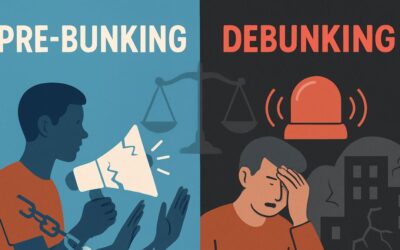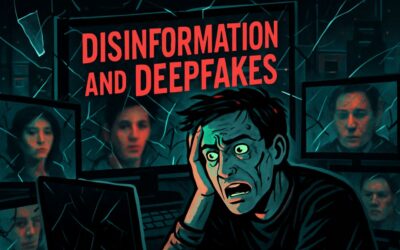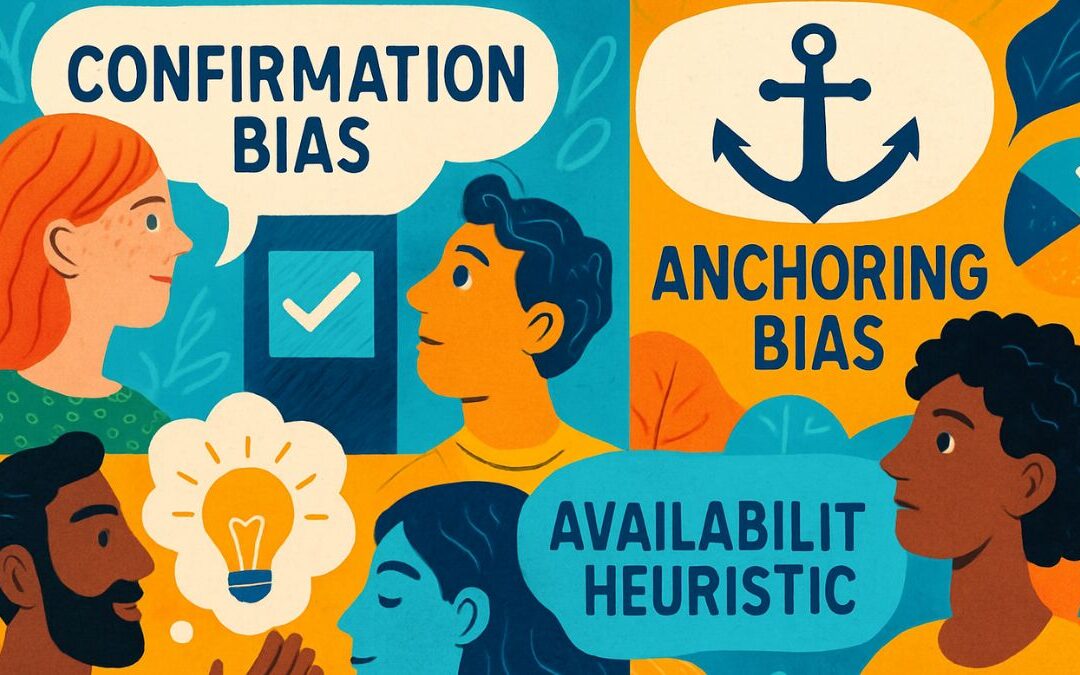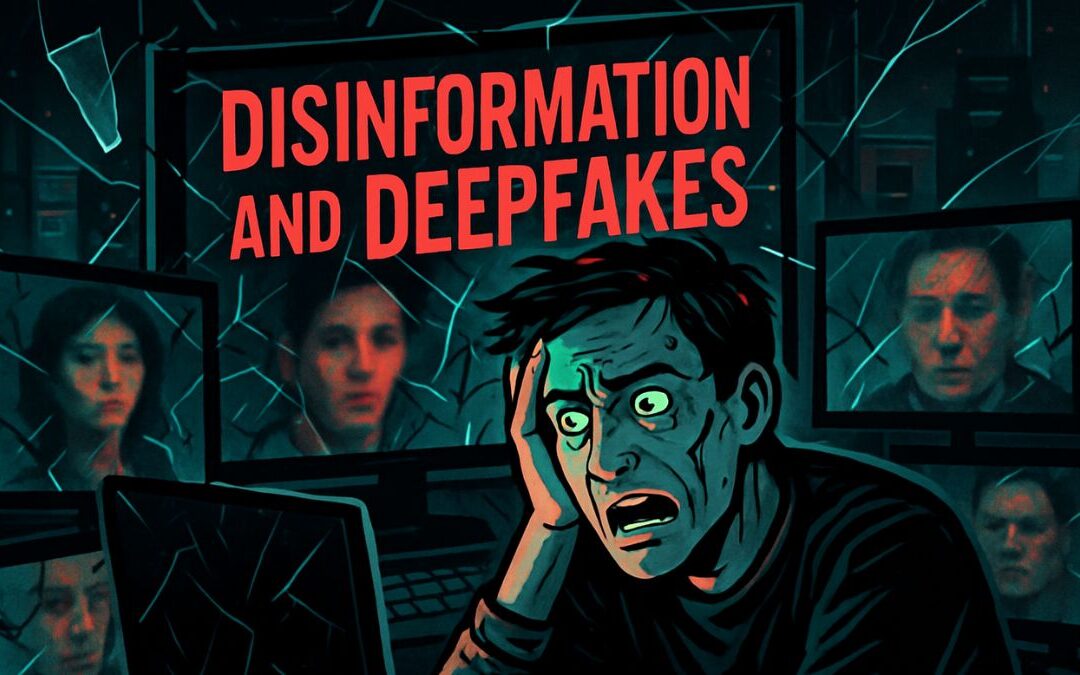Introduction
Climate change is an indisputable reality of our time, causing significant impacts on communities and the environment. As the Earth’s temperature continues to rise due to human activities, the consequences are becoming increasingly apparent. This comprehensive 3,000-word article will discuss the causes of climate change, its effects on communities and the environment, and what can be done to mitigate these effects. Understanding these impacts is crucial for developing effective strategies to protect our planet and ensure a sustainable future for all.
I. Causes of Climate Change
1.1. Greenhouse Gas Emissions
The primary cause of climate change is the increased concentration of greenhouse gases (GHGs) in the atmosphere. These gases trap heat, causing the Earth’s temperature to rise. Human activities, including the burning of fossil fuels, deforestation, and industrial processes, are responsible for the majority of these emissions.
1.2. Deforestation
Deforestation contributes to climate change by removing trees that absorb CO2, a major greenhouse gas. This process releases stored CO2 back into the atmosphere, exacerbating global warming. Additionally, deforestation reduces the Earth’s capacity to absorb future CO2 emissions.
1.3. Industrial Agriculture
Industrial agriculture contributes to climate change by producing large amounts of greenhouse gases, including methane and nitrous oxide. Livestock production, rice paddies, and the use of synthetic fertilizers are significant sources of these emissions.
II. Effects of Climate Change on Communities
2.1. Extreme Weather Events
As global temperatures rise, extreme weather events such as hurricanes, floods, droughts, and heatwaves are becoming more frequent and severe. These events can devastate communities, causing significant damage to infrastructure, loss of life, and economic disruption.
2.2. Food Security
Climate change affects food security by altering agricultural productivity, reducing crop yields, and increasing the risk of crop failure. These impacts can lead to higher food prices and increased hunger in vulnerable communities, particularly in developing countries.
2.3. Water Scarcity
Increased temperatures and changing precipitation patterns can lead to water scarcity in many regions. Droughts and reduced snowpack threaten the availability of freshwater resources, increasing competition for water among agricultural, industrial, and residential users.
2.4. Health Impacts
Climate change can exacerbate existing health problems and introduce new ones. Rising temperatures can increase the risk of heat-related illnesses, while extreme weather events can cause injury, illness, and death. Climate change can also affect the spread of vector-borne diseases, such as malaria and dengue fever, by altering the habitats of disease-carrying organisms.
2.5. Displacement and Migration
The impacts of climate change, such as sea-level rise, extreme weather events, and resource scarcity, can lead to displacement and migration. This can create tension and conflict in receiving areas, as well as disrupt social networks and support systems for those forced to move.
III. Effects of Climate Change on the Environment
3.1. Biodiversity Loss
Climate change is a major driver of biodiversity loss, as species struggle to adapt to rapidly changing conditions. Habitat loss, changes in food availability, and altered species interactions can lead to population declines and even extinctions.
3.2. Ocean Acidification
Increased CO2 emissions are causing the world’s oceans to become more acidic, threatening marine ecosystems. Ocean acidification can harm coral reefs, shellfish, and other marine organisms by reducing their ability to build and maintain their protective shells and skeletons.
3.3. Melting Ice and Rising Sea Levels
Melting polar ice and glaciers contribute to rising sea levels, threatening coastal communities and ecosystems. As sea levels rise, coastal areas can experience increased flooding, erosion, and saltwater intrusion into freshwater resources. This can lead to the displacement of human populations and the loss of important habitats for numerous species.
3.4. Changes in Ecosystems and Biomes
Climate change can cause shifts in ecosystems and biomes, altering the distribution and abundance of plant and animal species. These changes can have cascading effects throughout food webs and disrupt the balance of ecosystems, leading to the loss of critical ecosystem services, such as pollination, carbon sequestration, and water purification.
IV. Mitigating Climate Change Impacts
4.1. Reducing Greenhouse Gas Emissions
To mitigate the impacts of climate change, it is essential to reduce greenhouse gas emissions. This can be achieved through various strategies, including transitioning to renewable energy sources, improving energy efficiency, and promoting sustainable agriculture and land-use practices.
4.2. Climate Adaptation
Adaptation strategies can help communities and ecosystems cope with the effects of climate change. These may include improving infrastructure to withstand extreme weather events, implementing water conservation measures, and developing early warning systems for natural disasters.
4.3. Climate Resilience
Building climate resilience involves strengthening the capacity of communities and ecosystems to absorb, recover from, and adapt to the impacts of climate change. This can be achieved through various approaches, such as preserving and restoring ecosystems, diversifying livelihoods, and improving social support networks.
4.4. International Cooperation
Addressing climate change requires global cooperation and coordination. International agreements, such as the Paris Agreement, aim to limit global warming and facilitate the transition to a low-carbon economy. Support for developing countries in adapting to climate change and reducing emissions is critical for achieving these goals.
V. Conclusion
Climate change poses significant threats to communities and the environment, with far-reaching consequences for the health and wellbeing of humans and ecosystems alike. By understanding these impacts and working together to reduce greenhouse gas emissions, adapt to climate change, and build resilience, we can ensure a sustainable future for our planet. It is crucial that individuals, communities, governments, and businesses all play their part in addressing this global challenge and taking action to protect our world for future generations.
Keywords
- Greenhouse: A building with transparent walls and roof, typically made of glass, used for growing plants that need protection from cold weather.
- Emissions: The production and discharge of a substance, typically a gas, from a source.
- Deforestation: The clearing or removal of trees from an area, typically for the purposes of agriculture or development.
- Agriculture: The science or practice of cultivating the land and raising crops, livestock, or other animals for food, fiber, or other products.
- Biodiversity: The variety of life on Earth, including the variety of species, ecosystems, and genetic diversity within species.
- Acidification: The process of becoming acidic, or having an increased concentration of hydrogen ions.
- Melting: The process of changing from a solid to a liquid state, usually due to an increase in temperature.
- Resilience: The capacity to recover quickly from difficulties or challenges, often in the context of communities or ecosystems.
- Adaptation: The process of adjusting or changing in response to new or altered circumstances, often in the context of climate change.
- Infrastructure: The basic physical and organizational structures, facilities, and systems needed for the operation of a society or community.
- Conservation: The preservation or protection of something, especially the natural environment, from harm or destruction.
- Ecosystems: Biological communities of interacting organisms and their physical environment.
- Migration: The movement of people, animals, or other organisms from one place to another, often in response to changing conditions.
- Renewable: A source of energy that is not depleted when used, such as solar, wind, or hydroelectric power.
- Droughts: Prolonged periods of abnormally low rainfall, leading to a shortage of water.
- Flooding: An overflow of water onto normally dry land, often due to heavy rainfall, melting snow, or other natural events.
- Hurricanes: A powerful, rotating storm system with a low-pressure center, strong winds, and heavy rain, typically forming over warm ocean waters.
- Hunger: A feeling of discomfort or weakness caused by lack of food, often resulting in a strong desire to eat.
- Coral: A marine invertebrate that forms large, branching colonies and secretes a hard, limestone skeleton, providing habitat for many other marine organisms.
- Displacement: The forced movement of people or animals from their usual location or habitat, often due to environmental or social factors.
Key Takeaways
- The primary cause of climate change is the increased concentration of greenhouse gases in the atmosphere, driven by human activities such as burning fossil fuels, deforestation, and industrial agriculture.
- Climate change impacts communities through extreme weather events, food security issues, water scarcity, health impacts, and displacement and migration.
- The environment is affected by climate change through biodiversity loss, ocean acidification, melting ice and rising sea levels, and changes in ecosystems and biomes.
- Mitigating climate change impacts involves reducing greenhouse gas emissions, implementing climate adaptation strategies, building climate resilience, and fostering international cooperation.
- Transitioning to renewable energy sources, promoting sustainable agriculture, and improving infrastructure are essential steps in addressing climate change.
- Building climate resilience involves strengthening the capacity of communities and ecosystems to absorb, recover from, and adapt to the impacts of climate change.
- The Paris Agreement is an international accord aimed at limiting global warming and facilitating the transition to a low-carbon economy.
- Adapting to the effects of climate change may include developing early warning systems for natural disasters, implementing water conservation measures, and preserving and restoring ecosystems.
- Addressing climate change requires global cooperation and coordination, with support for developing countries in adapting to climate change and reducing emissions.
- Individual, community, government, and business efforts are all crucial for combating climate change and protecting our planet for future generations.
Discussion Questions
- How can individuals contribute to the reduction of greenhouse gas emissions in their daily lives? What lifestyle changes can make a significant impact?
- What role do local and national governments play in addressing climate change, and what policies or initiatives should they prioritize?
- How can businesses and industries contribute to climate change mitigation and adaptation efforts?
- What are some examples of successful climate change adaptation strategies implemented by communities around the world? Can these be replicated in other regions facing similar challenges?
- How can we improve public awareness and understanding of climate change and its impacts on communities and the environment?
- What are some potential challenges or barriers to implementing climate adaptation strategies and building resilience in vulnerable communities?
- How can international cooperation on climate change be strengthened, and what role should developed nations play in supporting developing countries in their efforts to adapt and reduce emissions?
- In what ways can preserving and restoring ecosystems contribute to building climate resilience and mitigating the impacts of climate change?
- How can we ensure that climate change adaptation strategies are inclusive and equitable, taking into account the needs of marginalized and vulnerable populations?
- Considering the various impacts of climate change on communities and the environment, what future challenges might we face if we fail to adequately address this global crisis?











0 Comments